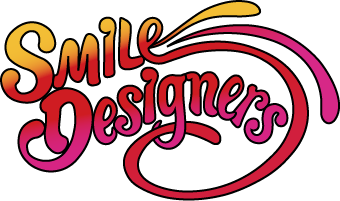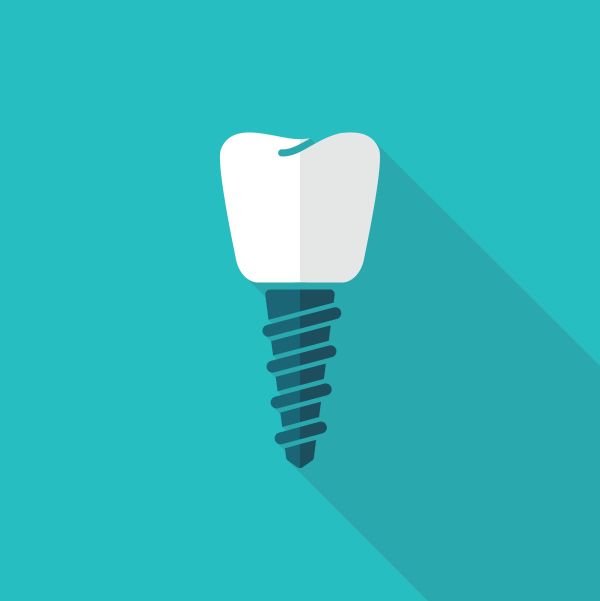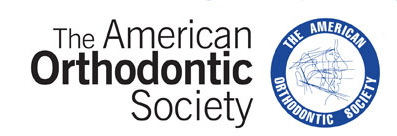When a person is missing a tooth or multiple teeth, this creates many issues that impact the look of a smile and the overall dental health. While removable dental appliances are a popular answer for tooth loss, more and more people are turning to dental implants to aid crowns, bridges and dentures.
A cosmetic dentist would like to go over the basics of dental implants. A dentist will want to study the basic structure and anatomy of a dental implant, so a person may have a better understanding of how the dental implants operate.
About Dental Implants
Dental implants are a simulation of a tooth root that is surgically implanted into the gum tissue and jawbone. After fusing to the bone structure of the jaw, dental implants can reinforce an individual's dental crown, a partial dental bridge or a full denture.
The most popular types of dental implants are known as endosteal dental implants. These involve three essential parts:
- The implant posts
- The abutment
- The appliance or the dental restoration
We cover each of these in more extensive detail below.
The Implant Post
The implant post is what people ponder most when a person hears the term dental implant. Shaped somewhat like a screw, the implant post connects directly into the jawbone during oral surgery. The implant post is created of titanium, allowing it to join with the bone structure and form a bond comparable to a natural tooth root.
The Implant Abutment
The abutment serves as the linking portion of the dental implant. This part of the dental implant fastens to the top of the exposed implant post. The abutment joins the final dental appliance to the implant post.
Abutments consist of a variety of materials. The perfect abutment material for a patient can be discussed in further detail during the consultation process.
The Restoration/Appliance
The restoration or appliance signifies to the false tooth or set of false teeth that will be reinforced by the dental implant. This is frequently a crown for a single tooth replacement, a bridge for people missing several teeth and a denture for patients who are missing multiple or all the teeth.
Dental appliances and restorations are cautiously crafted at a dental lab. Technicians will use x-rays, dental records and dental impressions to craft the final device. The idea is to make the appliance appear natural and fully functional, just like an actual tooth or set of teeth.
Are Dental Implants Right for Me?
The best way to discover if dental implants are correct for a person is to visit a practice for a consultation. During the visit, the dentist will answer all the questions and address all the concerns about the treatment process. A dentist will also discuss payment and financing options to put implant dentistry treatments within a person's grasp.
Contact a cosmetic dentist for a consultation. They will help you have a healthy and beautiful smile.
Request an appointment here: https://dentisthouston4smile.com or call Smile Designers at (281) 947-0551 for an appointment in our Houston office.
Check out what others are saying about our services on Yelp: Read our Yelp reviews.
Related Posts
Orthodontic Treatment Can Make Daily Hygiene More Effective
Orthodontic treatment refers to a number of procedures and treatments; however, when it comes to more effective oral hygiene, most dentists say that it can improve with the help of teeth straightening …
3 Oral Health Tips From A Children's Dentist
As a parent, it is your job to protect all aspects of your child’s health. A children’s dentist can help you establish good dental habits early on in life so your child …
A Restorative Dentist Can Save Teeth
Need a restorative dentist? Do you have an awkward smile? Have you been told by friends and family that your teeth need some attention? If so, don't worry! Many dentists can help. …
Aftercare for In Office Professional Dental Cleaning
An in-office professional dental cleaning is a crucial aspect of maintaining good oral health. While oral hygiene done at home is a great way to keep the teeth and gums healthy, it …






